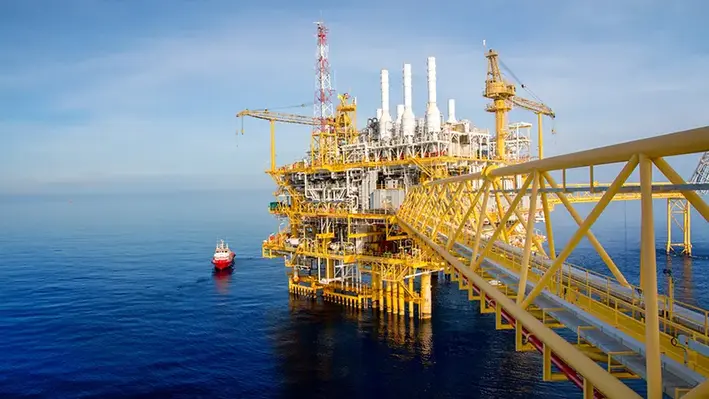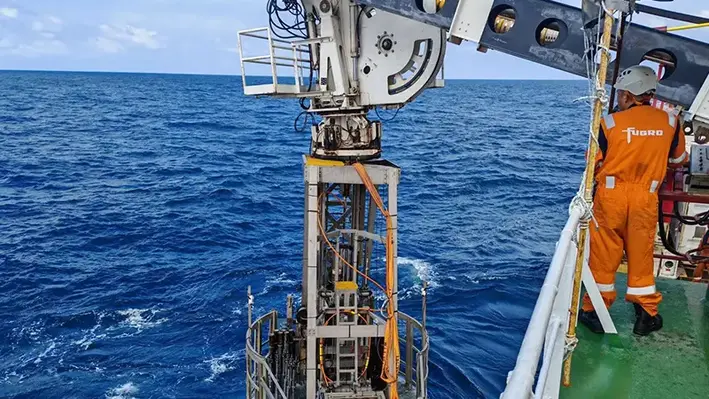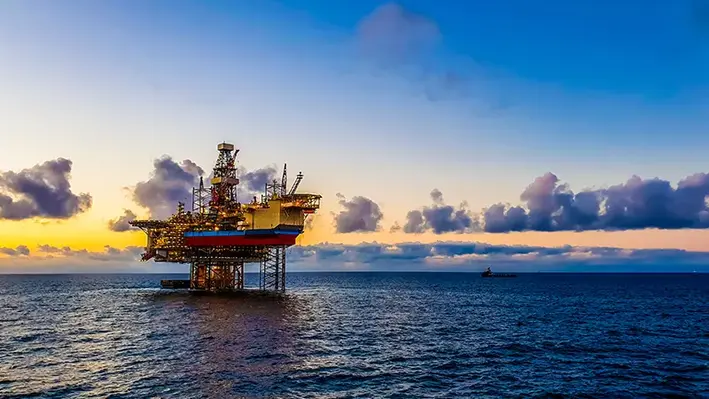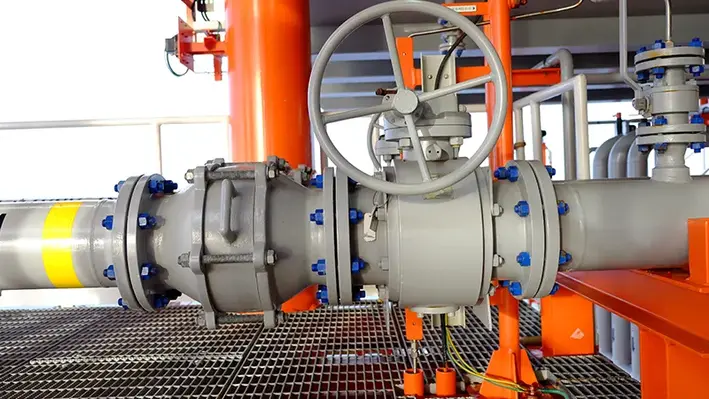 The journey toward large-scale carbon capture and storage (CCS) is gaining momentum, but significant technological and operational challenges continue to slow progress.
The journey toward large-scale carbon capture and storage (CCS) is gaining momentum, but significant technological and operational challenges continue to slow progress.
According to the CCS Wells Technology Roadmap, a comprehensive report published by the Net Zero Technology Centre (NZTC) in collaboration with DNV and commissioned by the UK’s North Sea Transition Authority (NSTA), key gaps remain in the deployment and optimisation of monitoring technologies essential to ensuring safe, efficient, and long-term CO₂ storage.
The report highlights that while technologies such as Vertical Seismic Profiling (VSP), microseismic monitoring, pulsed neutron logging, and tracer systems are critical to tracking CO₂ movement and storage integrity, each faces its own limitations that must be addressed to unlock the full potential of CCS.
For Vertical Seismic Profiling (VSP), the challenges centre around high operational costs, complex logistics, and limited spatial coverage beyond the wellbore. Although Distributed Acoustic Sensing (DAS) VSP offers enhanced spatial resolution, fibre-optic longevity and signal quality over extended periods, often decades, remain pressing concerns. The report also points out that conducting repeated surveys can be resource-intensive, impacting the long-term sustainability of monitoring programmes.
In microseismic monitoring, the quality of data is often affected by background noise, sensor coupling, and the difficulty of pinpointing small events within deep storage formations. While DAS-based systems can enhance coverage, they still fall short in sensitivity and low-frequency response compared to geophones. Automating the discrimination between injection-induced and natural seismicity, and developing real-time interpretation systems for timely risk response, remain major technological gaps.
When it comes to pulsed neutron logging, the report notes challenges in distinguishing CO₂ in low-porosity or thinly bedded formations. The presence of saline water or complex lithologies can distort results, complicating saturation analysis. Differentiating CO₂ from hydrocarbons, which both exhibit low hydrogen index signals, is also problematic. Achieving accuracy requires robust baseline data, calibration, and the integration of multiple logging methods. As cited by the report, Kim et al. proposed an approach that helps distinguish CO₂ from hydrocarbon gases in depleted gas reservoirs, an important step forward in refining this method.
Meanwhile, tracer technology still faces issues with long-term stability, especially for nanoparticle and biomarker tracers, along with potential cross-contamination and detection challenges in dilute CO₂ plumes. Infrastructure limitations, particularly in offshore or remote sites, compound the issue. The roadmap also highlights the need for improved integration of tracer data with other monitoring results, stronger regulatory frameworks for leakage quantification, and validation of new tracers for environmental safety over extended storage lifespans.
Across all these methods, the NZTC and DNV report underscores a common challenge: scaling field pilots to commercial operations that can run reliably over decades. It calls for more automation, better data integration, and enhanced sensor and tracer durability in CO₂-rich environments.
The information in this article has been extracted from The CCS Wells Technology Roadmap, a report published by the Net Zero Technology Centre (NZTC) and DNV, commissioned by the UK’s North Sea Transition Authority (NSTA). To explore the complete findings and insights, read the full report here.




